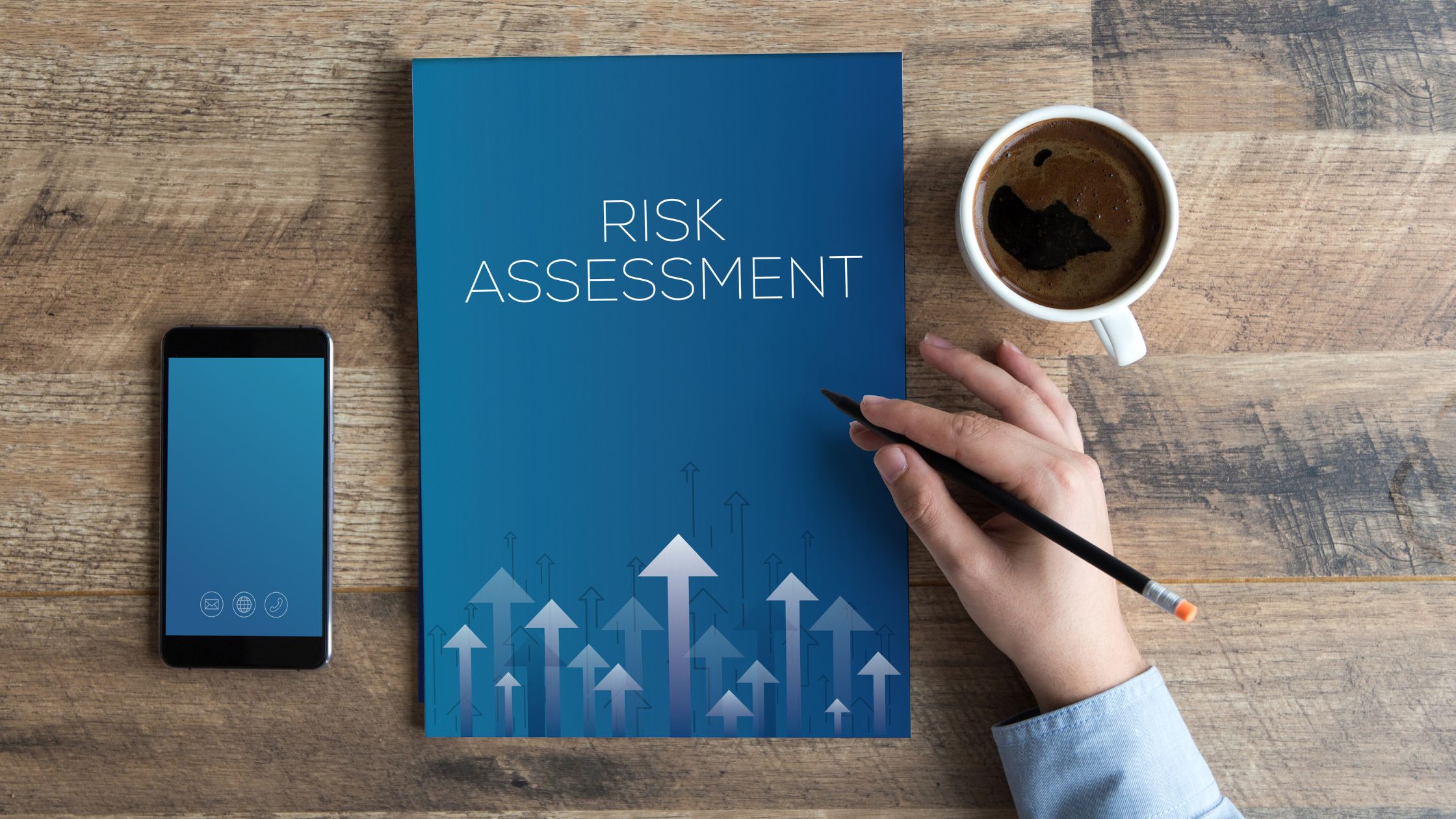Identify Your Network’s Strengths and Weaknesses
In the rapidly evolving realm of information technology, organizations are constantly seeking ways to enhance their operational efficiency, security, and overall performance. A crucial step in achieving these objectives is conducting a comprehensive Information Technology Assessment (ITA). This process allows organizations to gain valuable insights into the strengths and weaknesses of their network infrastructure, paving the way for strategic improvements and innovations.
Understanding the IT Landscape
The IT landscape is like the nervous system of a business, with networks serving as the backbone of day-to-day operations. However, as technology advances, so do the challenges and vulnerabilities associated with it. An ITA provides a holistic view of your network, identifying areas that require attention and optimization. Give Your Company an IT Makeover
The Importance of IT Assessments
- Strategic Decision-Making An ITA empowers businesses to make informed decisions about their technology infrastructure. By understanding the current state of their network, organizations can strategically plan for the future, ensuring that their IT investments align with business goals.
- Security Enhancement Cyber threats are ever-present, and a proactive approach to security is essential. IT assessments identify potential security gaps and vulnerabilities, enabling businesses to implement robust security measures and safeguard sensitive data.
- Operational Efficiency A streamlined and efficient IT environment is crucial for productivity. IT assessments reveal bottlenecks, outdated systems, and areas of improvement, allowing businesses to optimize their operations and enhance overall efficiency. 10 Strategies to Increase Productivity
- Cost Optimization Identifying redundant or underutilized resources helps organizations optimize their IT budget. An ITA allows for a cost-benefit analysis, ensuring that technology investments contribute directly to business success.
The Information Technology Assessment (ITA) Process
- Initial Assessment
- Evaluate existing network infrastructure, hardware, and software.
- Identify current pain points, performance issues, and potential security risks.
- Data Collection
- Gather information on network traffic, system usage, and application performance.
- Review existing documentation, policies, and procedures.
- Security Analysis
- Conduct a thorough examination of existing security measures and protocols.
- Identify vulnerabilities and recommend enhancements to strengthen cybersecurity.
- Performance Evaluation
- Analyze the performance of servers, storage, and network devices.
- Assess the scalability and reliability of the current infrastructure.
- Recommendations and Roadmap
- Provide a detailed report outlining strengths, weaknesses, and areas for improvement.
- Develop a strategic roadmap for implementing recommended changes.
76% of business owners think technology increases employee productivity
Source: Zipdo.co
The Benefits of an ITA
- Proactive Issue Resolution Address potential issues before they impact operations, reducing downtime and mitigating risks.
- Enhanced Security Posture Strengthen cybersecurity measures to protect sensitive data and maintain compliance with industry regulations. Cybersecurity Tips for Businesses
- Improved Performance Optimize network performance, ensuring that technology aligns with business needs.
- Cost Savings Identify opportunities for cost reduction and ensure optimal use of resources.
- Strategic Planning Develop a roadmap for future IT initiatives, aligning technology with business objectives.
An Information Technology Assessment is a crucial tool for businesses seeking to navigate the complexities of the modern IT landscape. By identifying strengths and weaknesses, organizations can make informed decisions, enhance security, and drive operational excellence. Stay ahead in the digital era by harnessing the power of IT assessments to propel your business toward sustainable success.

.png?width=7200&height=1200&name=Customer%20Journey%20(Blog).png)



